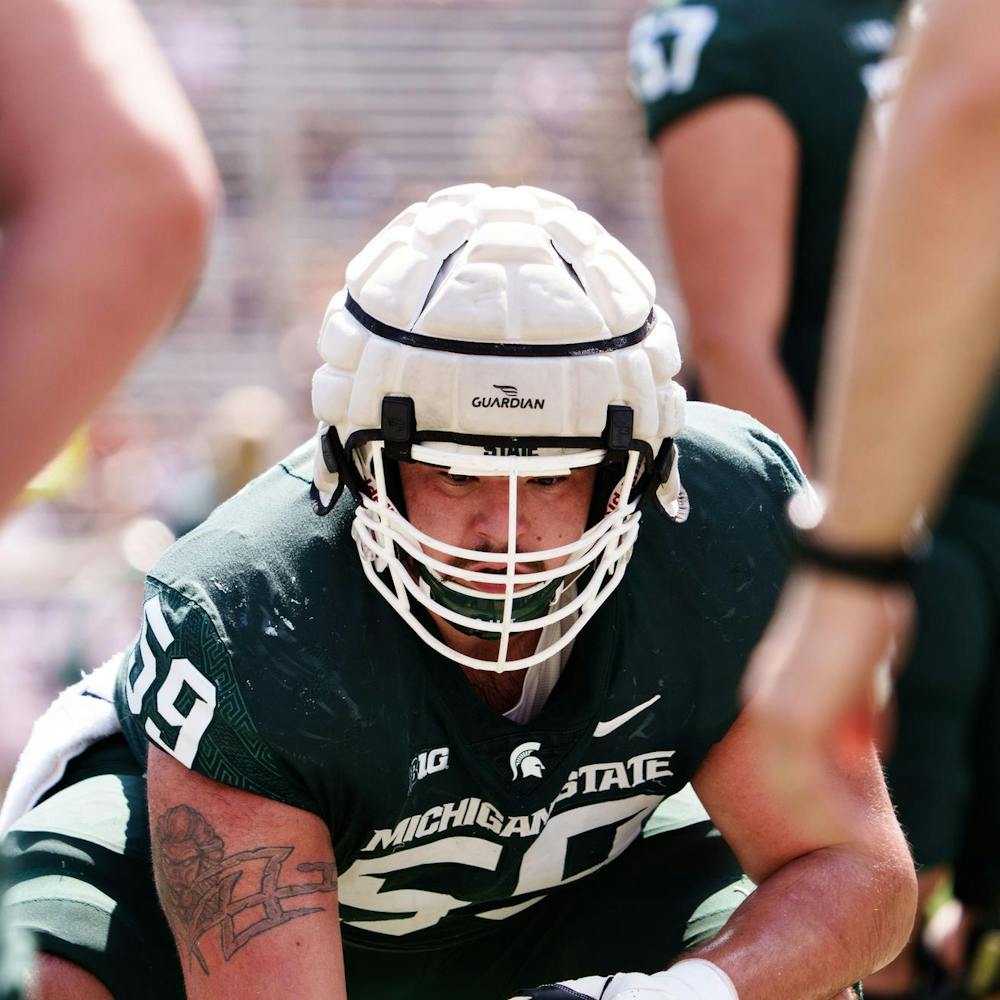Female college-aged swimmers, divers and runners have lower bone density than other athletes, putting them at risk of stress fractures and future osteoporosis, MSU researchers found.
The study, published in the October edition of the Journal of Athletic Training, compared bone density among 100 female college athletes, including gymnastics, softball, cross country, track, field hockey, soccer, crew, swimming and diving.
Bone density reflects bone strength, said Jim Pivarnik, an MSU kinesiology professor who ran the study. The higher the density the less likely bones will break.
Although many studies have examined bone density among female athletes, the MSU study is unique in that it examined bone density among female athletes from a variety of sports and focused on a particular age group, Pivarnik said.
None of the study’s participants had dangerously low bone density levels, but swimmers, divers and runners showed lower-than-average levels, Pivarnik said. That puts them at an increased risk of fractures and, if their level stays low, puts them at future risk of osteoporosis.
“It’s something to be careful about,” Pivarnik said. “We want to be sure they’re doing things at this age that won’t affect them later in life.”
Women’s bone density can increase between the ages of 14 and 22 and decrease as time goes on, Pivarnik said. According to the study, “Osteoporosis is reported to affect 55 percent of women over 50.”
The study highlights the importance of proper bone density for female college athletes, said Lanay Mudd, a kinesiology doctoral student, who was the lead author on the study.
The athletes in the study are at the age where they can increase bone density and it’s important they do so, Mudd said. That can be done through increasing calcium and vitamin E intake, he said.
“Oftentimes college-age women aren’t thinking about bone health at all,” said Mudd, who was the lead author of the study.
While Pivarnik said he expected swimmers and divers to have lower bone density, he was surprised that runners also had low bone density.
Swimmers, for example, often have lower bone density than field hockey players because swimming has a low impact on bones and development. The most interesting finding was that college-age female runners ran the risk of developing lower bone density than other athletes, Pivarnik said.
Running, however, is a sport that develops bone density because the bones are heavily used, Pivarnik said.
Michael Praus, a physician’s assistant at MSU Sports Medicine, said bone density-related stress fractures are a “fairly common problem” among female college athletes, especially runners.
Typically, the fractures occur about six weeks after the athletes increase their training level, Praus said. Part of the reason is that heavy training can affect women’s menstrual cycle.
During menstruation, hormones are released that affect bone density and when female athletes increase their physical activity, their menstrual cycles can be reduced, Praus said. That means the hormones necessary for proper bone density aren’t released.
“As soon as anything gets thrown off, it throws off menstrual cycles, which throws off bone density,” he said. “If you’re a complete couch potato and never run, you need better bone density, and if you overstress your body, that will affect bone density too.”
Support student media!
Please consider donating to The State News and help fund the future of journalism.
Discussion
Share and discuss “Female runners, divers have lower bone density” on social media.






